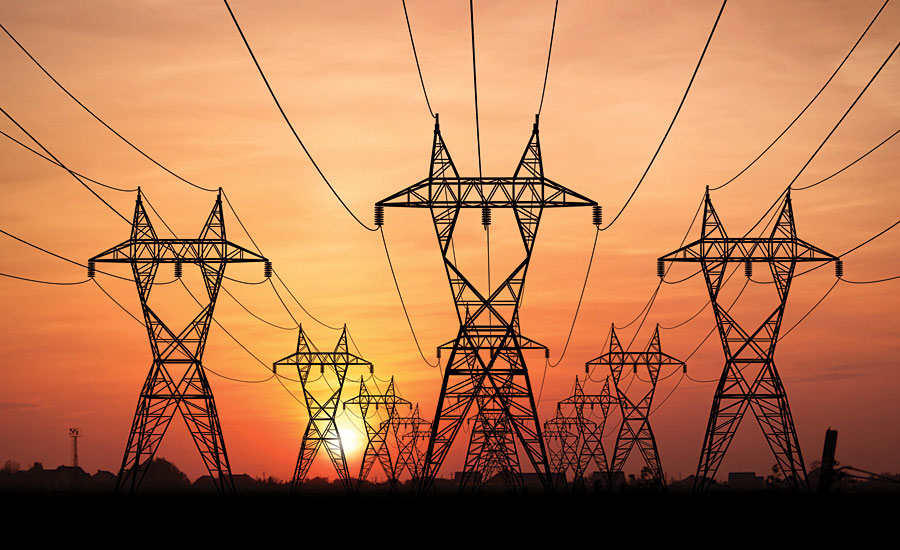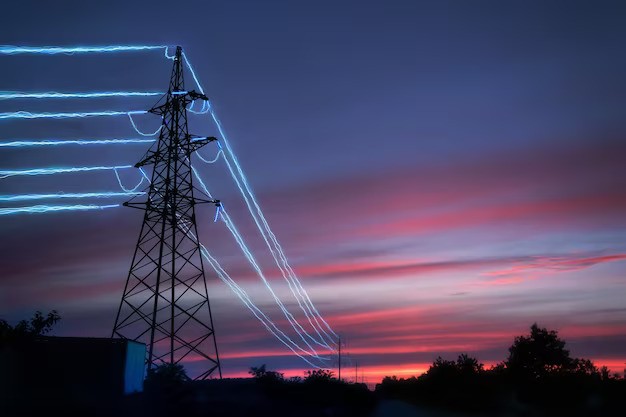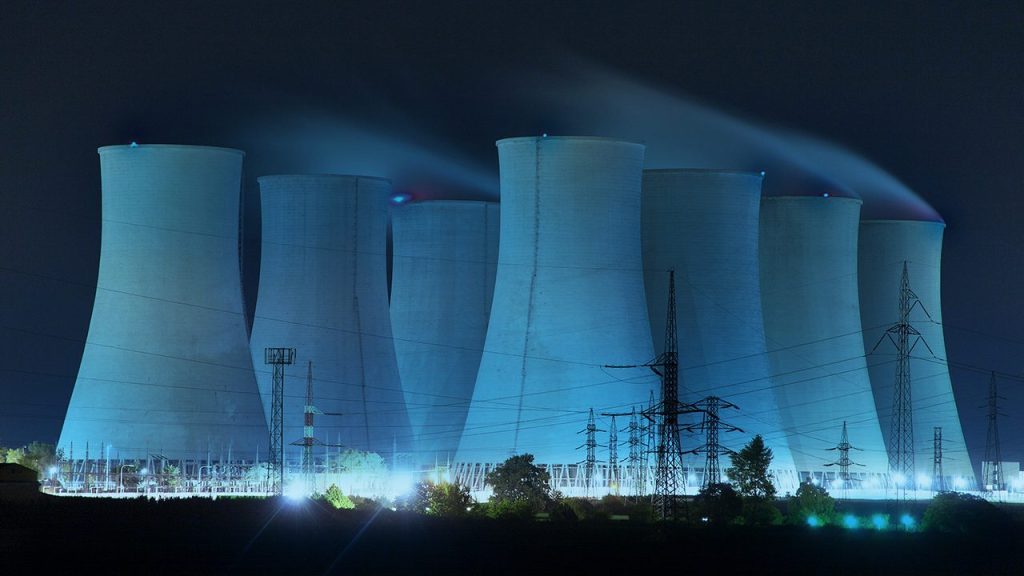Regardless of the actual value of the products, you see the potential of using related ferroalloys in this section.
All content on this page has been created by ChatGPT 4 AI

Ferrosilicon
Ferrosilicon plays a crucial role in electricity and energy systems, impacting electrical steel production, transformer cores, electrical conductivity, alloy production, and renewable energy technologies. These applications significantly affect electricity generation, transmission, and distribution, enhancing efficiency, reducing energy losses, and improving overall system performance.
Alloy Additive
Ferrosilicon serves as a key alloy additive in various materials used within power and energy production systems. By modifying properties such as hardness, strength, or corrosion resistance, Ferrosilicon improves the durability and performance of alloys used in power plant equipment, transmission lines, and renewable energy systems.
Renewable Energies
Ferrosilicon indirectly impacts the green energy sector, contributing to the production of certain solar cells and materials for wind turbines. By improving light absorption and electrical conductivity, Ferrosilicon enhances solar cell efficiency and aids in the performance and reliability of renewable energy technologies.
Power Generation
Ferrosilicon is integral to electrical steel production, vital for generators, transformers, and motors in power generation equipment. Electrical steel with Ferrosilicon ensures low energy loss and high magnetic permeability, facilitating efficient energy conversion and transmission in power systems.
Transformers Core
Ferrosilicon is essential in producing transformer cores, crucial components for electricity transmission and distribution. In electrical steel, Ferrosilicon reduces core losses, enhancing transformer efficiency and minimizing energy loss during power transmission and distribution.
Magnesium Ferrosilicon
Comprising magnesium, iron, and silicon, Magnesium Ferrosilicon finds application primarily in the steel and foundry industries, indirectly contributing to energy efficiency and reliable infrastructure development.
Steel production
Magnesium Ferrosilicon serves as an additive in steel production, enhancing quality and performance. Steel, essential in constructing power plants, transmission towers, and energy infrastructure, benefits from the improved properties imparted by Magnesium Ferrosilicon.

Electric transformers
Using Magnesium Ferrosilicon in electric transformer production ensures efficient regulation and distribution of electricity throughout power grids. Transformers play a pivotal role in enabling the efficient transmission and utilization of electrical energy within the electrical industry.
Energy efficiency
Incorporating Magnesium Ferrosilicon in steelmaking yields lightweight and high-strength materials, reducing energy consumption in various industries, including the electricity sector.
Microsilica
Microsilica powder plays a crucial role in enhancing the performance and longevity of transportation infrastructure, leading to the development of durable, sustainable, and cost-effective transportation networks. Its integration into concrete technology results in structures that benefit both travelers and the environment.
Thermal insulation
Microsilica serves as a filler in thermal insulation materials like insulation plates and coatings. These materials, widely used in the power industry, aid in reducing heat transfer and enhancing energy efficiency across power generation, transmission, and distribution systems.
High performance materials
Microsilica finds applications in various high-performance materials, including refractory materials and cement composites. These materials, crucial in the energy industry for lining furnaces, boilers, and chimneys, benefit from Microsilica’s ability to enhance resistance to corrosion, thermal shock, and wear. This improves their performance and extends their useful life.
Concrete and construction
In concrete production, Microsilica acts as a supplementary cementitious material, boosting the strength, durability, and impermeability of structures. Within the energy and electricity industry, Microsilica contributes to the construction of robust power plants, substations, and other infrastructures, ensuring their longevity and resilience under harsh operational conditions.

Enviromental benefits
Using Microsilica in concrete and other construction materials promotes sustainable practices in the energy and power industry. By partially replacing cement, Microsilica reduces the carbon footprint associated with construction activities. Cement production is a significant source of greenhouse gas emissions, making Microsilica an environmentally friendly alternative.

